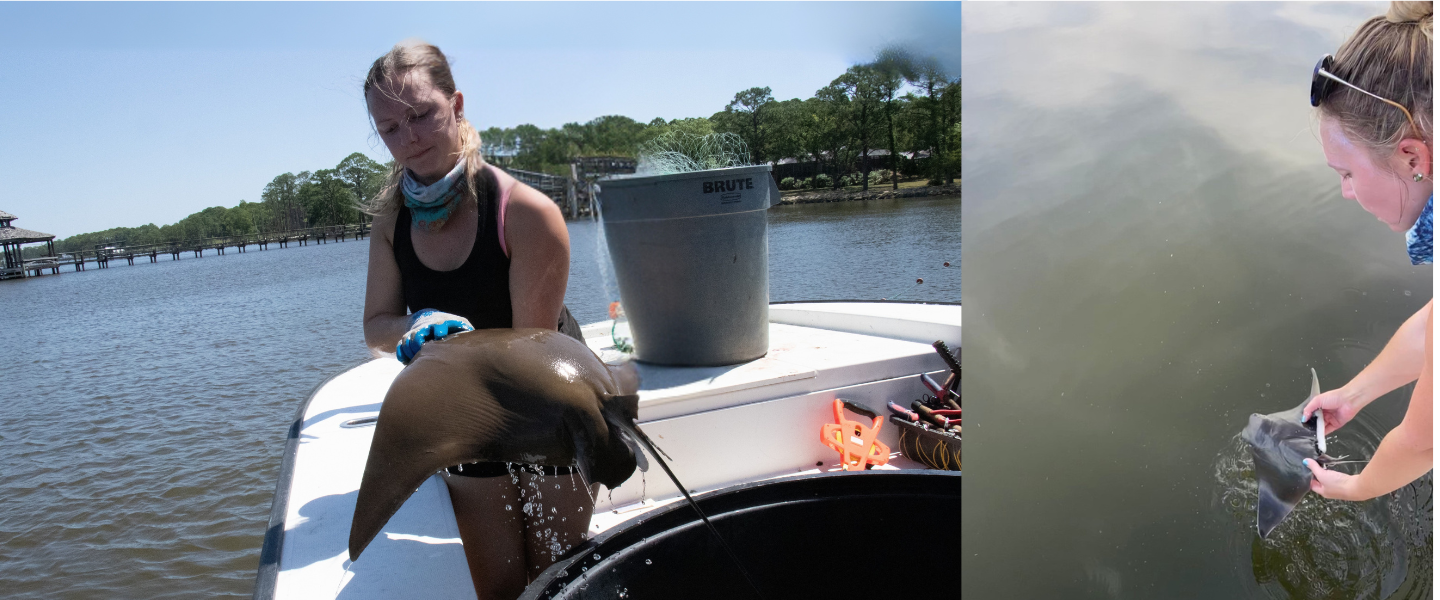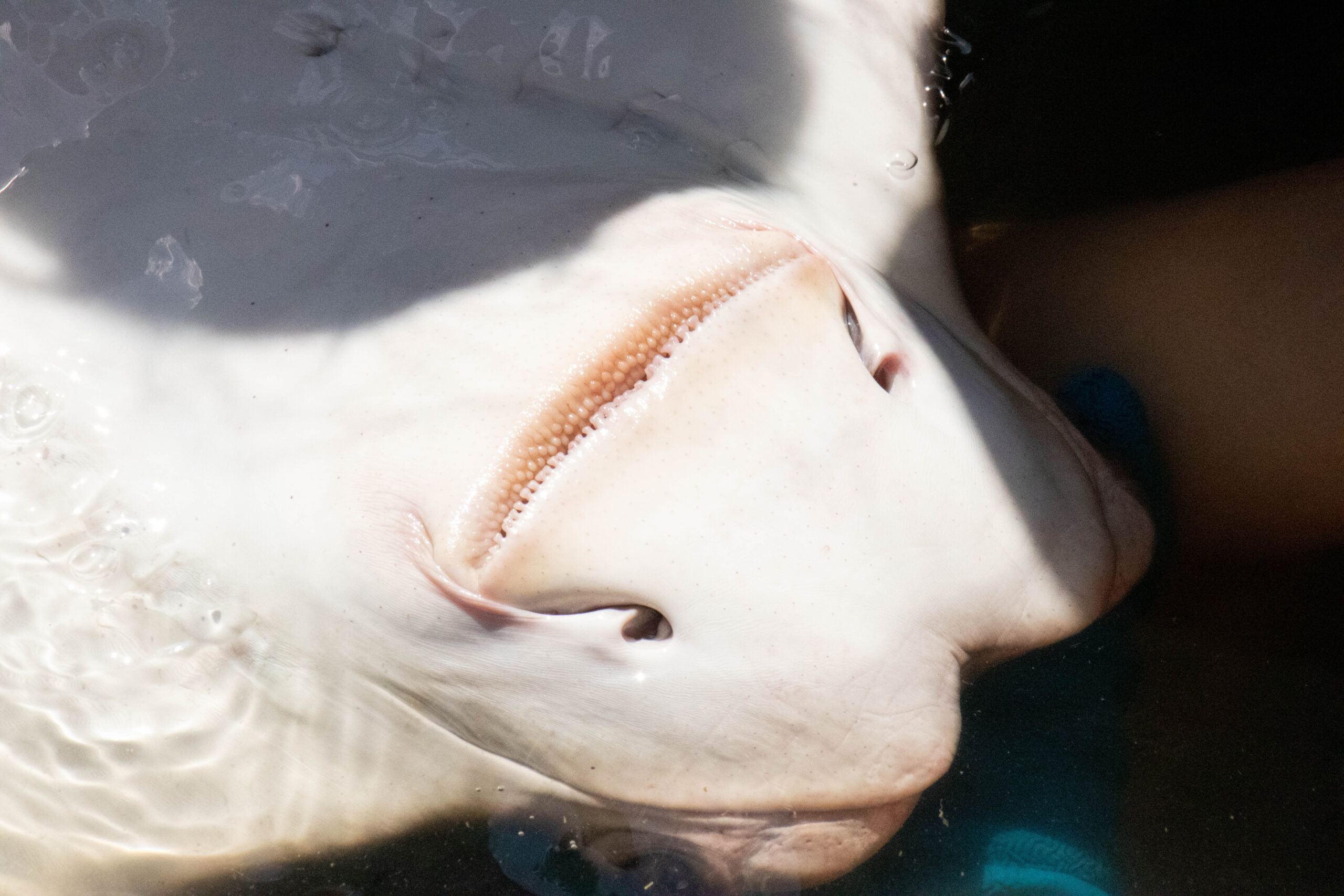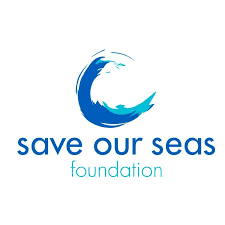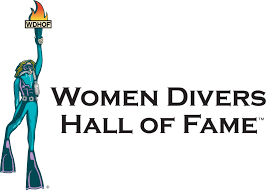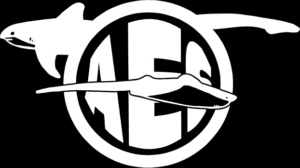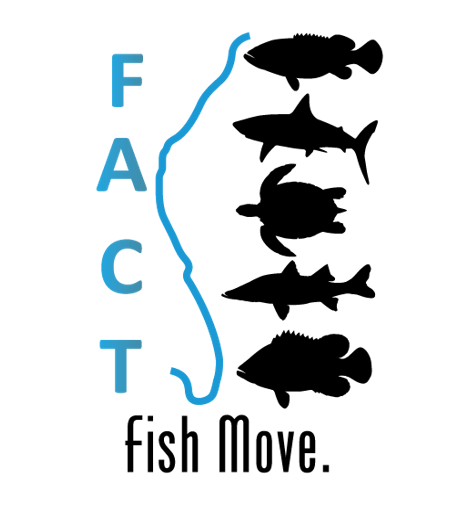Project Overview
The Atlantic cownose ray (Rhinoptera bonasus) is a type of stingray found in the Gulf of Mexico and along the eastern coasts of North and South America. These rays have a slow-growing population because they only give birth to one baby (called a ‘pup’) per year after a long, 12-month pregnancy.
In the past, cownose rays were blamed for declines in scallop and oyster populations along the East Coast. But there’s little evidence to support that claim. Still, this belief led to a widespread, unregulated culling of cownose rays—including pregnant females—through derbies and other fishing efforts during their breeding season. Because no formal population study has ever been done on this species, we don’t know how much damage this caused.
We know that cownose rays travel long distances each year between Chesapeake Bay and South Florida, thanks to acoustic tracking studies. But very little is known about their movements in the Gulf of Mexico. Our lab has been studying sharks in Apalachicola Bay, Florida, for years, and we’ve found both adult and baby cownose rays during the summer months. With the recent collapse of the oyster fishery in the bay—and a five-year ban on wild oyster harvesting—now is a critical time to learn more about these animals.
In this project, we used acoustic telemetry to follow adult and baby cownose rays in Apalachicola Bay. Our goals were to: 1) Better understand how these rays move around in the Gulf of Mexico, 2) Learn how both adult and baby cownose use different parts of the bay throughout the year, and 3) Compare where they go with how strong their bite is, to see whether they’re truly capable of eating oysters in this region.
